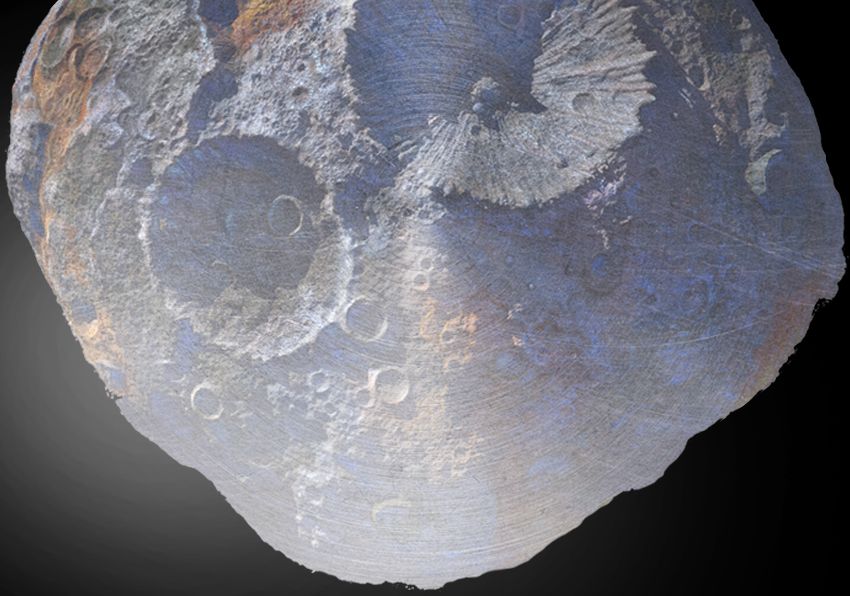AstroForge will test space mining in spring 2023
Mining destroys the environment and the earth is becoming more and more exhausted. Chunks of metal are literally up for grabs in space. AstroForge is now conducting the first trials of raw material extraction in space.
AstroForge, finally actions instead of words
The American startup AstroForge is preparing to start the first experiments in extracting metals from metal asteroids. That also makes them the first startup to actually understand what we are going to do in space.
The predecessors Planetary Resources and Deep Space Industries lead a dormant existence. The time is now ripe for space mining. This is because, thanks to Elon Musk’s SpaceX and more and more competitors, it has now become much cheaper to launch mining robots into space.
What kind of experiments does AstroForge do?
As early as April 2023, AstroForge will launch a mission to test their ore refining technology in zero gravity in orbit around Earth. During the experiment, asteroid-like material is vaporized and sorted in a plasma separator. Because different atoms have different masses per atom, you can separate the chemical elements. The follow-up mission will take place in October 2023.
During this mission, which will land somewhere between the Moon and Earth, the target asteroid will be observed. What this target asteroid is has not yet been revealed. Possibly, the author hypothesizes, this is the metal asteroid 1986 DA. This chunk of solid metal is about 2 km in diameter and contains an estimated 100,000 tons of platinum group precious metals.
Well, nice, but what is there to get?

Do you remember the sensational finds of gold nuggets weighing many kilograms? Multiply that by a sloppy billion. Then you have the amount of precious metal that is contained in a small metal asteroid of, say, a cubic kilometer, and also the great potential of AstroForge. These have about the same composition as the core of the earth.
The metals contained in this are siderophilic. A word that means: they like to mix with iron. The largest metallic asteroid, 16 Psyche, is even 150 km across. But that asteroid is beyond Mars, a long way off. At the moment there is the most interest in near-Earth asteroids, the Near Earth Asteroids. Those metals are the cheapest to bring to earth.
Of course they mainly consist of iron, which is not bad for use in space itself, but also of some very valuable metals. One of these metals is the increasingly scarce cobalt, but also, for example, 5-35 percent of the increasingly expensive nickel. In comparison: nickel ore gets between 1 and 2 percent.
It also contains smaller amounts of chromium, sulphur, phosphates, copper, germanium and traces (1-10 ppm) of precious precious metals such as gold, platinum and iridium.
We know this because a large number of iron meteorites have fallen to Earth. And these most likely come from metallic asteroids. The very first iron objects, such as the iron dagger of Tutankhamun and the iron lance points of the Greenlandic Inuit, were made of meteoritic iron. Now we can go where Tutankhamun did not dare to dream.



